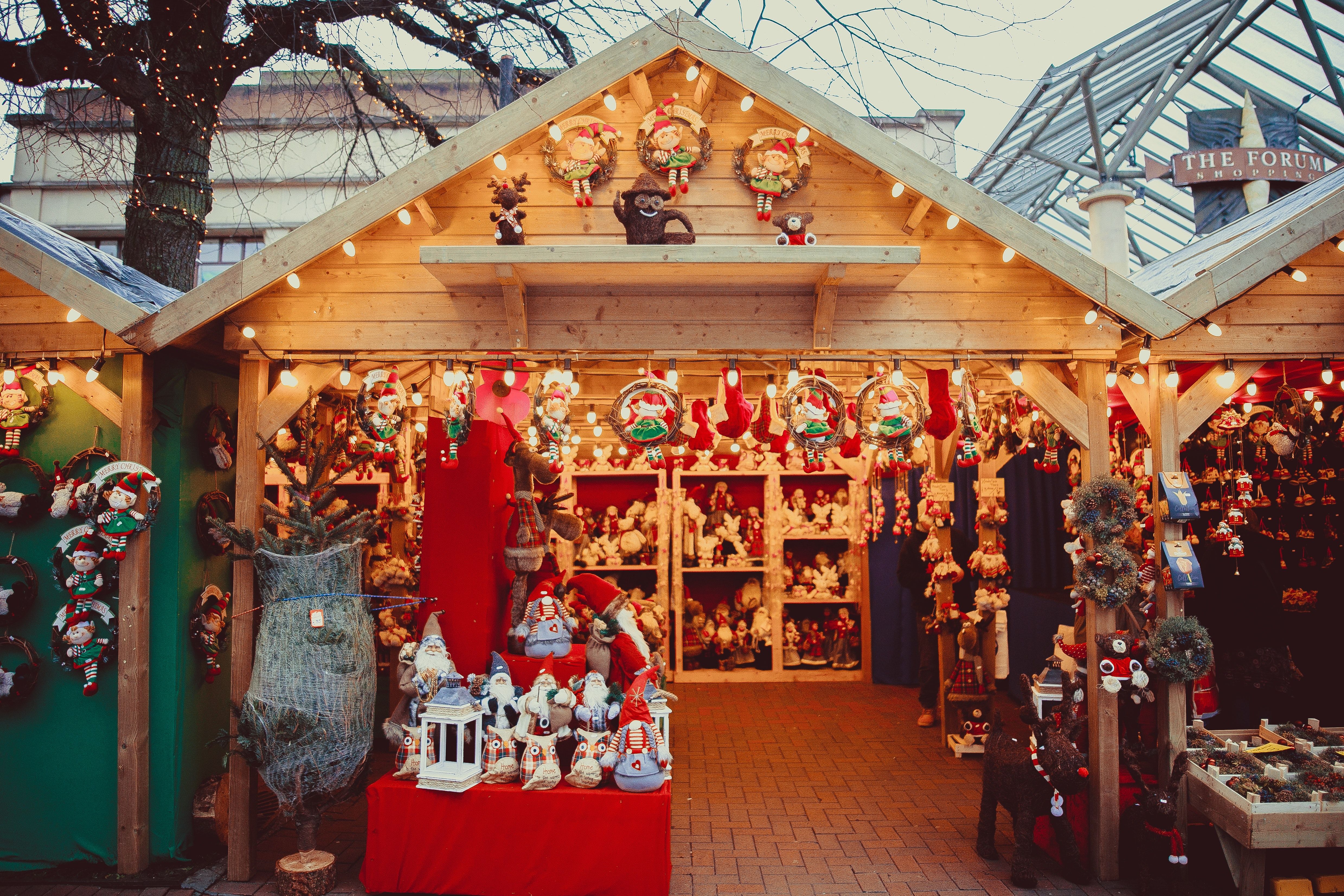In March 2020 the term ‘unprecedented’ reached new levels of usage. The strangeness of 2020 has since become more normalised (are we now living in ‘precedented’ times’?) but uncertainty persists. As whispers of lockdown 2.0 become ever louder, what predictions can we make on Christmas shopping behaviours? Rakuten has released its latest study ‘The Road to Recovery’, in which it explores consumer spend trends, looking ahead to Christmas.
The Coronavirus outbreak has seen a shift in shopping behaviours as consumers have adjusted to life in lockdown. Nearly half of UK consumers saw a decrease their monthly spending since the start of the outbreak, most notably across travel, food, jewellery and clothing.
However looking ahead to Christmas – traditionally the busiest retail quarter of the year – the positive news is that 84% are not planning to decrease their holiday spend if stores return to normal operation. And even if we go into a second wave of lockdown, 51% of shoppers would still plan to spend the same amount.
Consumers Still Want to Shop
This refusal to let Covid-19 impact our shopping experience, is not limited to the festive period, as globally 54% of consumers agree there will be no change to their spend for key shopping dates in the first half of 2021 either, including Chinese New Year and Valentine’s Day.
The feeling of togetherness that has been so prominent during lockdown will continue, with consumers seeing Christmas as a sacred period to spend time with friends and family whether that’s face-to-face or via organised video calls. And this is reflected in their planned holiday spend, with 28% of UK consumers expecting to increase their spend on their family during the holiday period, and 14% increasing spend on friends.

First of all, sales and discounts will have a huge influence on holiday purchases, with 32% of consumers planning to change where they shop to save more money. Incentives such as cashback and rewards will be important for brands to encourage consumer preference during this time.
Secondly, more consumers are shopping online than ever before, including those in older demographics. Online purchases inevitably increased during lockdown, with many consumers shopping via e-commerce for the first time, and two-thirds of UK consumers admitting to shopping more online since the outbreak of Covid-19. This has led to more flexibility between shopping online or offline, with 73% of consumers describing themselves as channel-agnostic.
Finally, consumers will be planning visits to stores more carefully, leading to a spike in interest for real-time information, such as stock availability, click & collect, and opening hours. Most importantly, many consumers will review key busy periods to avoid large crowds. Consumers will seek reassurance that they’ll find what they’re looking for before they leave home.
So, What Do These Changes Mean?
These changes mean brands need to place a growing importance on 1) delivering a seamless and channel-agnostic consumer experience and 2) providing reassurance of their role in consumers’ lives over the coming months.
As behaviours are re-shaped and new habits formed, it is now a crucial time for brands to invest in media to assist with both of these challenges. ‘Brand media’ plays a vital role in conveying the emotion that builds relationships with consumers. This allows consumers to feel reassured that the brand can support their requirements regardless of ongoing macro challenges. At the other end of the marketing funnel, the application of data and smart targeting, across all channels, allows consumers to feel informed and knowledgeable which then means they are most receptive to transactional messages.
These are the tenets of smart media buying at any time, not just in the difficult context of this year. Covid-19 has indeed placed an unwelcome filter on 2020 for all consumers, but it must not distract us from what we know about the smartest media planning. Cross channel integration is vital to reflect the channel-agnostic and increasingly agile path to purchase that consumers are adopting. Brands whose media plans reflect this non-linear process can place themselves ahead of competitors, ultimately driving stronger engagement and loyalty at a critical time.
How can we help?
Insights & planning
Audience research
Multi-Channel Media Planning
If you require some audience research and media planning, get in touch. Our experts are on hand to help.